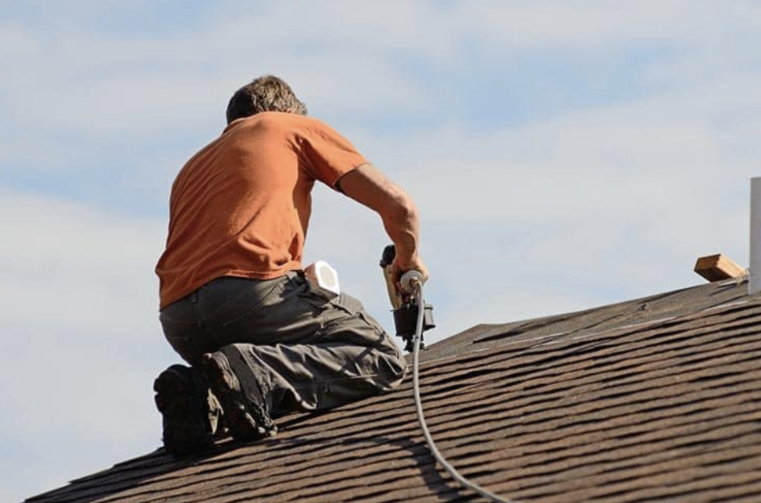Nebraska’s weather can be unpredictable and severe, with storms bringing high winds, hail, and heavy rain. These storms can cause significant damage to homes, particularly to roofs. Understanding the types of damage and knowing how to respond is crucial for maintaining the integrity of your home and ensuring your family’s safety. This article will provide an in-depth look at common types of roof damage following a Nebraska storm and offer guidance on what steps to take afterward.
Common Types of Roof Damage
- Wind Damage
High winds, often exceeding 60 miles per hour, can loosen or tear off shingles, exposing the underlying roof materials to the elements. Signs of wind damage include:
- Missing or displaced shingles
- Curling or lifting shingles
- Visible seams or gaps in the roof
- Hail Damage
Nebraska storms frequently bring hail, which can vary in size from small pellets to large golf balls. Hail damage is often characterized by:
- Dents or bruises on shingles
- Cracked or broken shingles
- Granule loss, which can expose the asphalt layer of the shingle, leading to further damage
- Water Damage
Heavy rains can exploit any weakness in your roof, leading to water infiltration. Common signs of water damage include:
- Water stains on ceilings or walls
- Damp insulation in the attic
- Mold or mildew growth
- Dripping water or leaks
- Debris Impact
Strong winds can cause tree branches and other debris to strike your roof, resulting in:
- Punctures or holes in the roofing material
- Cracked or broken shingles
- Damaged gutters and downspouts

Assessing Roof Damage
After a storm, it’s essential to conduct a thorough inspection of your roof. Here are some steps to follow:
- Safety First
Always prioritize safety. Avoid climbing onto the roof if it’s wet or slippery. Use binoculars to inspect the roof from the ground or call a professional roofer if you’re unsure about the safety. - Exterior Inspection
Walk around your property and look for visible damage. Check for:
- Missing, cracked, or curled shingles
- Damaged gutters, downspouts, or flashing
- Debris on the roof or in the yard
- Interior Inspection
Inside your home, inspect the attic and ceilings for signs of water infiltration:
- Look for water stains, damp spots, or mold
- Check the attic for wet insulation or beams
- Listen for dripping sounds during rain
- Document the Damage
Take detailed photos and notes of any damage you find. This documentation will be valuable when filing an insurance claim.
Steps to Take After Identifying Roof Damage
- Temporary Repairs
If you identify any significant damage, perform temporary repairs to prevent further damage. Cover holes or leaks with a tarp and secure loose shingles with roofing cement. - Contact Your Insurance Company
Report the damage to your insurance company as soon as possible. Provide them with your documentation and be prepared to meet with an adjuster. - Hire a Professional Roofer
Choose a reputable roofing contractor to assess the damage and provide an estimate for repairs. Ensure they are licensed, insured, and experienced with storm damage. - Plan for Repairs or Replacement
Depending on the extent of the damage, you may need to repair specific areas or replace the entire roof. Your contractor can help you decide the best course of action.
Preventative Measures for Future Storms
To minimize future roof damage, consider these preventative measures:
- Regular Inspections and Maintenance
Schedule regular roof inspections, especially after storms, to identify and address any issues early. - Trim Trees and Remove Debris
Keep trees trimmed away from your roof and remove any loose branches or debris that could become projectiles during a storm. - Upgrade Roofing Materials
Invest in high-quality, storm-resistant roofing materials that can withstand Nebraska’s severe weather. - Reinforce Roofing Structure
Strengthen your roof’s structure by adding additional fasteners or bracing, particularly in areas prone to high winds.
Conclusion
Understanding the types of roof damage that can occur during a Nebraska storm and knowing how to respond is essential for protecting your home. By conducting regular inspections, performing timely repairs, and taking preventative measures, you can ensure your roof remains strong and resilient against future storms. If you suspect your roof has sustained damage, don’t hesitate to contact a professional roofer to assess and address the situation promptly.


Leave a Reply